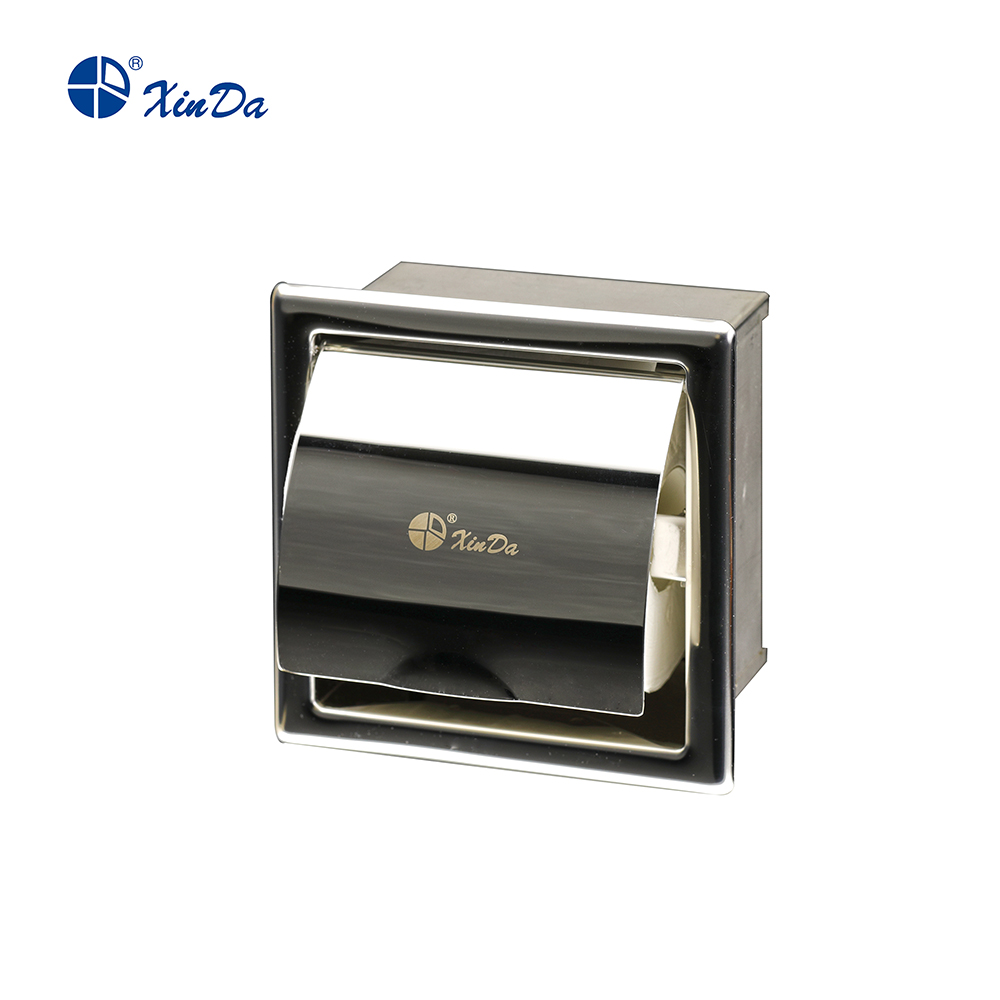Although you listen to a lot of music, you don't feel what you learned from the music you listened to. You know what kind of music you like, but you don't understand why you like them, and you don't know how to apply the technical or compositional ideas to your own work.
 For most people, listening to music is a passive process. We turn on the music and then do other, more important things. We didn't focus too much on the music we played, but on the background of our pastimes when doing other things. Although this is much better than not listening to music at all, if you can spend some time actively listening to music, you will learn more from the music you listen to.
For most people, listening to music is a passive process. We turn on the music and then do other, more important things. We didn't focus too much on the music we played, but on the background of our pastimes when doing other things. Although this is much better than not listening to music at all, if you can spend some time actively listening to music, you will learn more from the music you listen to.

Active listening is simply a matter of listening to music as a primary purpose. This is a very important skill. You need to try to listen to music without worrying about it, rather than doing other things while you are playing music. This means you need to spend time, find a quiet place and concentrate, which is what you have to do when you make your own work. Start by opening the music and then focusing on the music. If you are playing music on your computer, turn off all open applications (close your eyes if you can). At this point, you don't need to listen to a specific part, but you should listen to the overall feeling of music. If you can concentrate on it and not be disturbed by the outside world, you will find that you often hear passively listening to music, so you can hear a lot of things that you didn't find.
The next step in proactive listening is to deconstruct the music you hear. The following suggestions can help you achieve this: the best way to listen to active listening is to listen to the same piece of music multiple times and listen at the same time. When you put your attention on different areas.
For example, in a certain pass, you only listen to one of the following sections:
Voice: What is the tone characteristics of this piece of music? What instruments are used? What does it feel like to be a person (is it feels very dense or empty)? Did you have a familiar production technique in your music (what you used or heard in someone else's work)? What is the acoustic "space" of this piece of music (whether the sound is too dry or has a large reverberation, is the sound far or near, etc.)?
Harmony: What is the tone (if any) of this song? Which chords are used? Is the same chord used from beginning to end or is there a corresponding change in different paragraphs? If chords are not used directly (such as in some abstract music and experimental music), is there any other way to express the chorus?
Melody: What is the melody like? Is the pitch change large or small? What is the overall feeling of giving people: is it more blunt and has some feeling of jumping or a gradual change of one or two semitones? Which instruments or vocals have melody? Did the melody change? If you don't use melody directly (such as in some abstract music and experimental music), do you use other forms to express the melody?
Rhythm: How is the rhythm of each measure or paragraph per paragraph assigned? Is it a routine that repeats the loop or does it happen only once? Which instrument has the greatest impact on the rhythm? What is the role of the instrument that has less influence on the rhythm effect?
Structure: How does the entire music evolve over time? Is the division between the parts very obvious or is there a clear line between one area and another? How is the boundary of the paragraph divided? Are the instruments used in each part the same or do each part have a different instrument?
In addition, if the music has an instrument or vocal part that you want to know in detail, you need to try to listen to the part you want to know in the whole song. For example, if you want to figure out how the bass part of a song is written, then you need to ignore all the other parts and then focus on listening to the bass part.
Sub-regional listening To make it easier to focus on the part or instrument that we have just discussed, you can separate a song and loop through one of the pieces. The best tool for doing this is your DAW. Load the music you want to listen to into your DAW's timeline, adjust the speed of the project to match the music you imported, and then set the loop to a shorter area—for example, one or two bars , no more than one complete passage.

Listen to the parts of your cycle over and over again to find out how the content you want to hear is organized in the area. Then loop to listen to the next part. After listening, return to the beginning, and then gradually lengthen the length of the loop, so that you can hear longer time by looping. Listening to music in blocks like this can also help you learn or remember a part with your ears.
Active listening can not only help you understand how a piece of music is arranged, but also help you understand your subjective feelings about a piece of music.
 For example, is there something in the music that makes people feel familiar, nostalgic, or moved? Can you explain why this is the case (maybe the reason for some of the parts we just discussed)? When you passively listen to a piece of music, it is easy to have some emotional reactions.
For example, is there something in the music that makes people feel familiar, nostalgic, or moved? Can you explain why this is the case (maybe the reason for some of the parts we just discussed)? When you passively listen to a piece of music, it is easy to have some emotional reactions.
But by taking the initiative to listen, you have the opportunity to understand what makes you feel these feelings. Once you understand how they are made, you can use them in your own music.
The Roll Towel Dispenser is a very common product in the bathroom. The bai roll brings great convenience to our lives. It can not only be used to place toilet paper, but also part of the bathroom decoration.in terms of material, there are several types of paper reels, such as stainless steel, alloy, and plastic Hand Towel Dispenser.
A Automatic Hand Towel Dispenser, which comprises a paper towel tube body and a cover body hinged on the upper part of the paper towel tube body, and is characterized in that: one end of the cover body is fixed on the paper towel tube body through a pin. It is connected by a spring, and the other end of the cover body is provided with a serrated blade.

Roll Towel Dispenser
Roll Towel Dispenser,Hand Towel Dispenser,Automatic Towel Dispenser,Automatic Hand Towel Dispenser
Taishan Jie Da Electrical Co., Ltd , https://www.ts-jieda.com
